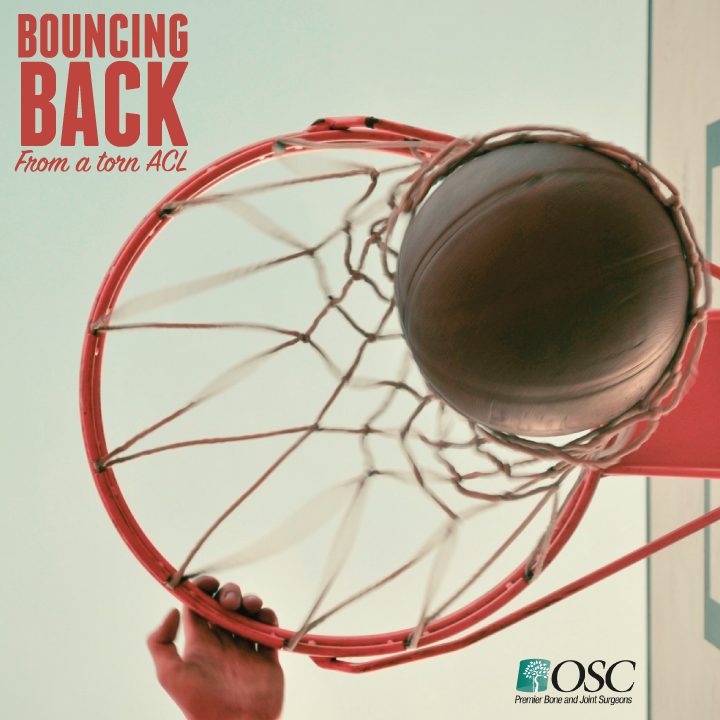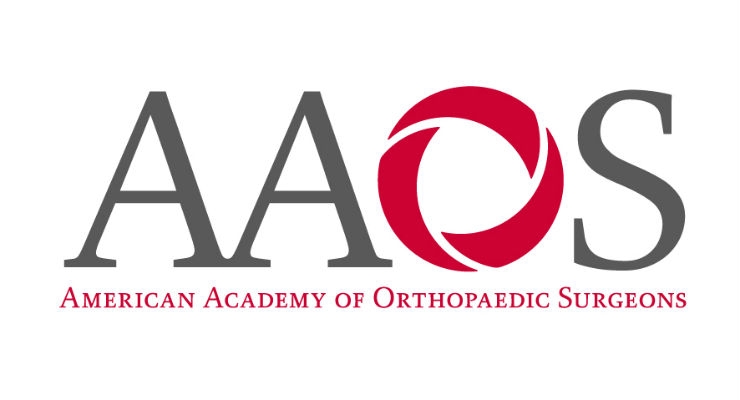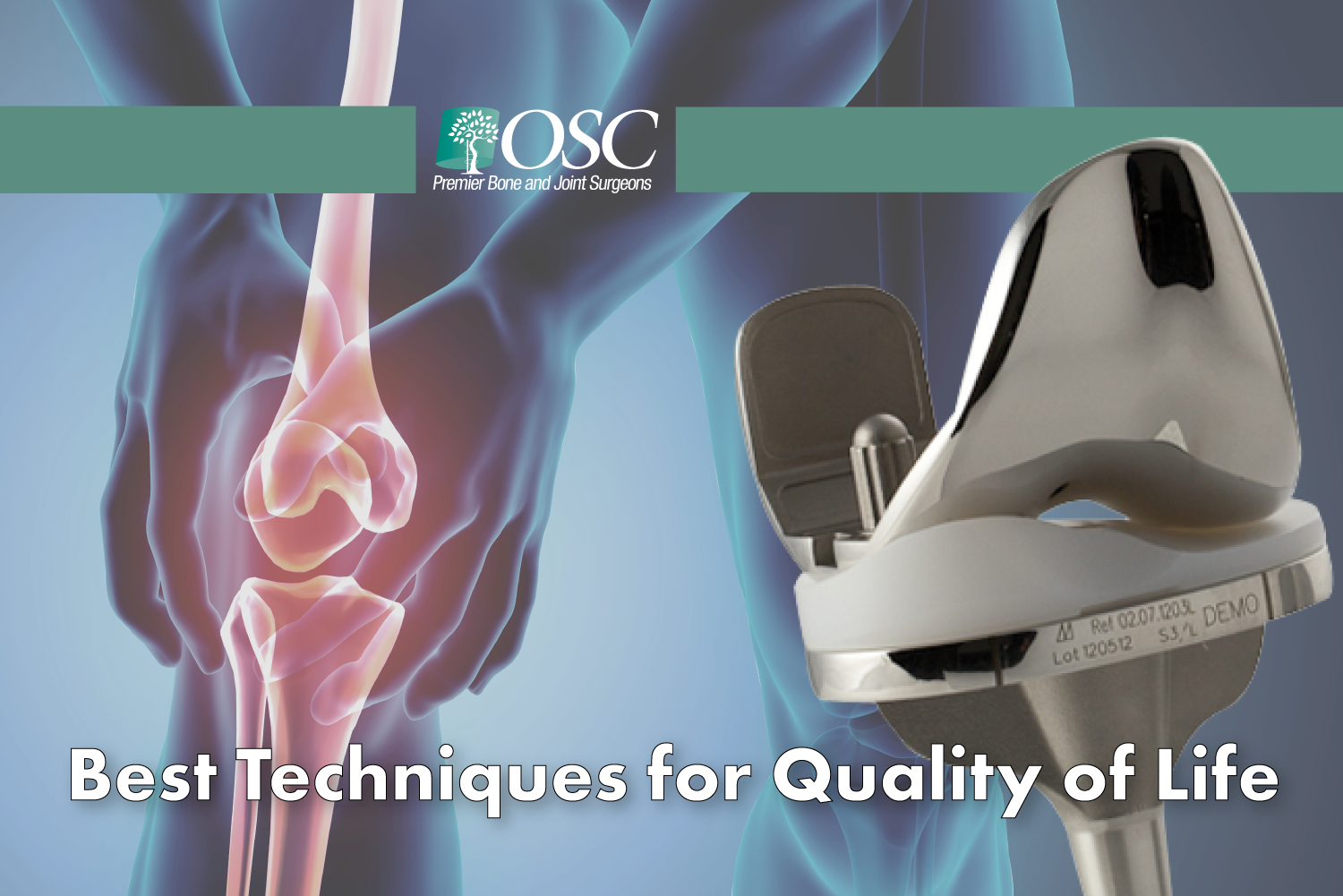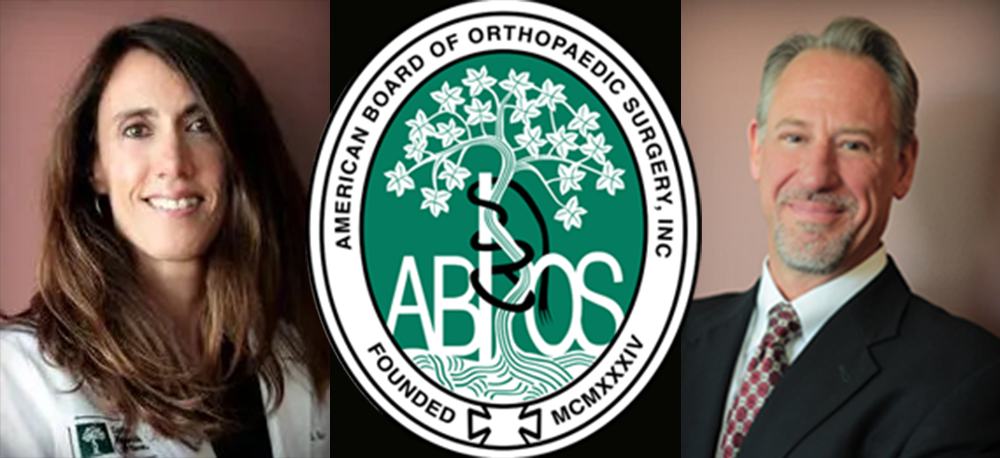
Whether you’re a basketball fan or not, you can’t deny that there is something special about the way college basketball can make us a little crazy each year (in a good way). Nothing beats the excitement of watching the final seconds of a close game on television or live on the court.
And if you’ve ever played basketball, then it comes as no surprise to you that the game is full of potential injuries. Sudden movements, fast pivots, and hard landings make the sport we love to watch and play high risk from an orthopedic standpoint.
Although there are many risks involved in the game, one injury in particular seems to be the most prominent and most likely to keep you out of the game for months. The dreaded torn ACL.
What is an ACL anyway?
Before we explore what the function of the ACL, here is a brief bit of context to give you a better idea of its purpose.
The ACL is a ligament. Ligaments are what connect bones together throughout the body. The knee, as the largest and most complex joint in the body, has four primary ligaments, each offering a different support system for movements that may cause injury.
Collateral Ligaments
These lateral collateral ligaments are on the sides of your knee and control sideways motion.
Medial collateral ligament (MCL) runs along the inside of the knee and prevents the knee from bending in, while the lateral collateral ligament (LCL) runs along the outside of the knee and prevents the knee from bending out.
These ligaments are vitally important in keeping the knee bending the only way that it was intended– front to back.
The Cruciate Ligaments
The Cruciate Ligaments are inside the knee and form an “X”. These control the back and forth motion of the knee.
These ligaments are both strong bands that extend from the head of the tibia, the larger of the two bottom leg bones, to the femur. The posterior cruciate ligament (PCL) keeps the tibia from slipping backward in relation to the femur while the anterior cruciate ligament (ACL) keeps the tibia from slipping forward. In addition, it also offers extra stability to the knee as it rotates when there is sharp turning or pivoting, much like what happens in the game of basketball.
It’s no surprise that the most common ways the ACL is injured are all part of the game of basketball; changing directions rapidly, stopping suddenly, slowing down while running, a direct collision to the knee, or landing incorrectly from a jump. All of these motions put extra stress on the ACL as it keeps the tibia bone from extending out past the femur.
Sprains and Tears
In many cases after an unfortunate landing or bad sudden stop, the ACL gets sprained. Although it’s always recommended to see your orthopedic doctor after any physical trauma, most often, ACL sprains can be treated at home with the RICE method. (See Sprain, Strain or Break).
Tears, however, require immediate medical attention and may result in surgery, depending on the severity of the tear.
Pay close attention to the feet as well. If they turn blue or feel cold after an injury, it may be an indicator of dislocation and broken blood vessels.
Look for these signs to indicate a torn ACL:
A popping sound at the moment of impact.
If you have the unfortunate experience of tearing, you might hear a popping sound or feel a burning pain immediately afterward. It’s a very distinct feeling that will feel more intense than a sprain.
Swelling
Within the first five to six hours, the knee will be surrounded by fluids, causing large amounts of swelling.
Inability to Bend Your Knee
If the ACL is torn, you won’t be able to put any pressure on your knee without it collapsing or causing extreme pain. In addition to not being able to put any weight on your knee, you won’t be able to fully bend or extend the knee joint.
What Happens Next:
During your first visit with your doctor, you’ll have your knee checked for any ligament damage, and most likely undergo a few imaging tests to confirm the diagnosis and also to check if any bones were broken in association with the ligaments.
Treatment
Whether or not surgery is required depends on several factors. A young athlete in the prime of their career may have surgery so that they can return to competing quickly. An older, less active person may be able to heal from the injury without surgery under the guidance of their doctor. A lot depends on the severity of the tear and the lifestyle of the person.
Nonsurgical Treatment
Although a torn ACL will not heal on its own without surgery, nonsurgical treatment may be used for an elderly person or someone with low activity level. A knee brace and physical therapy can restore function and strengthen the muscles ligaments that support the knee.
Surgical Treatment
Fixing a torn ACL isn’t as simple as stitching it back together. Your doctor repairs the torn ACL by reconstructing it. The torn ligament is replaced using a tissue graft that acts as the support for a new ligament to grow on. This type of recovery takes time, usually about six months until you can return to your former activities.
Faster Recovery, Less Invasive
Using an arthroscope, your doctor will use small incisions to operate on the torn ACL. Arthroscopic surgery is less invasive, less painful, and promotes a faster recovery time.
After the Surgery
No matter what method your doctor chooses for recovery, physical therapy will play a vital role afterward. A good physical therapy program will help you to retain full mobility of the knee and gradually restore strength to your muscles and surrounding ligaments. Depending on your needs, another phase of recovery will be custom built around an athletic program or sport.
The OSC Difference
Whether you’re dealing with a torn ACL or some other basketball-related injury, OSC is here to help you bounce back! OSC is the leading orthopedic clinic in the Inland Northwest and in addition to having highly skilled surgeons, has its own on-site recovery center. Come see why so many people are saying that OSC is always a slam dunk!




